CONTACT US: 0919 058 5858 | 02 899 51920
CONTACT US:
0919 058 5858 | 02 899 51920

It’s summer again and many of us are taking advantage of the good weather to enjoy outdoor activities. Kaya uso na naman ang beach outings, going on picnics, camping, biking, and taking road trips. While spending time outdoors, being close to nature, and bonding with family and friends are all worthwhile activities, don’t forget to take proper precautions from the sun’s powerful rays.
According to the State Weather Bureau Philippine Atmospheric, Geophysical and Astronomical Services Administration (PAGASA), the dry season in the country is expected to last until May. In line with this, the Department of Health (DOH) is reminding the public to take precautionary measures to avoid heat-related health concerns, especially heat stroke.
Heat stroke is defined by Mayo Clinic as “a condition caused by your body overheating, usually as a result of prolonged exposure to or physical exertion in high temperatures.” It is considered the most severe form of heat injury which can happen if an individual’s body temperature rises to 40 Celsius or higher and cannot cool down. Heat stroke is most common during the hot summer months that’s why extra caution is highly recommended.
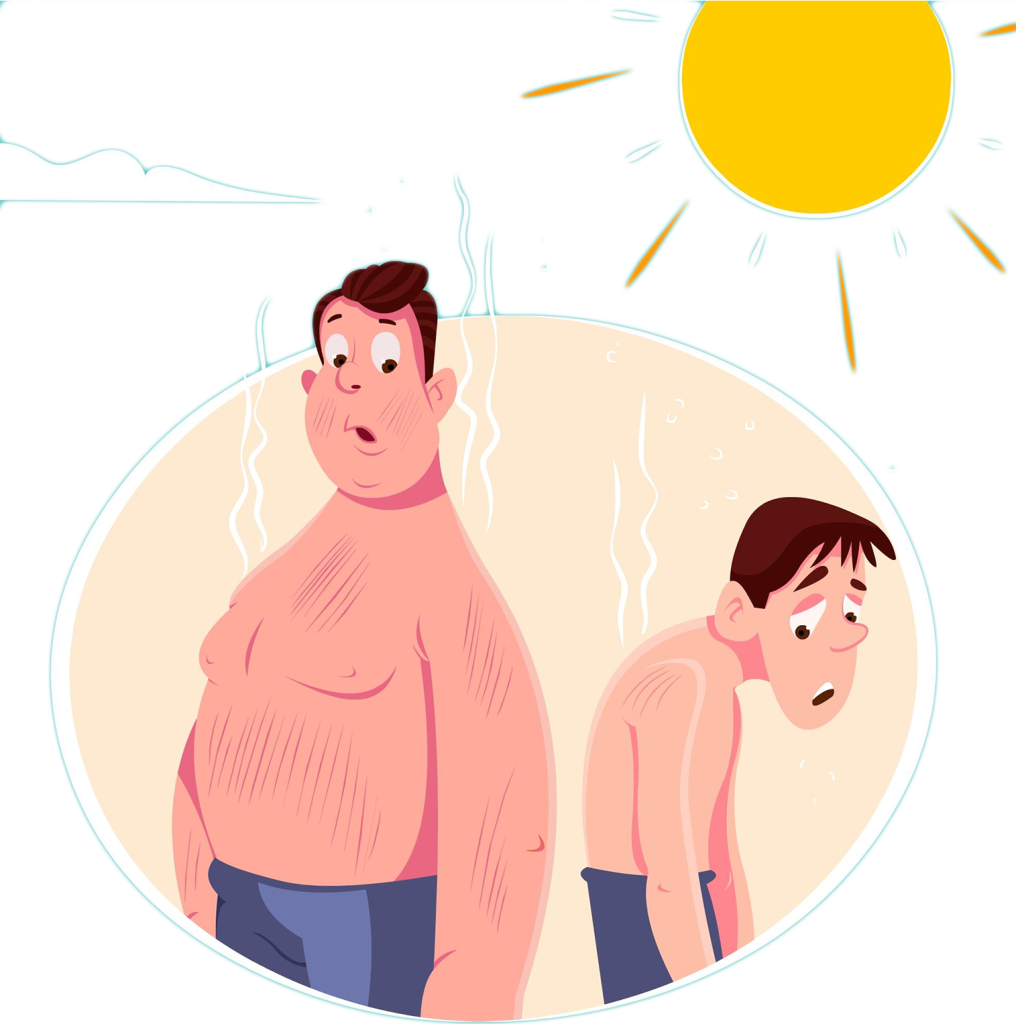
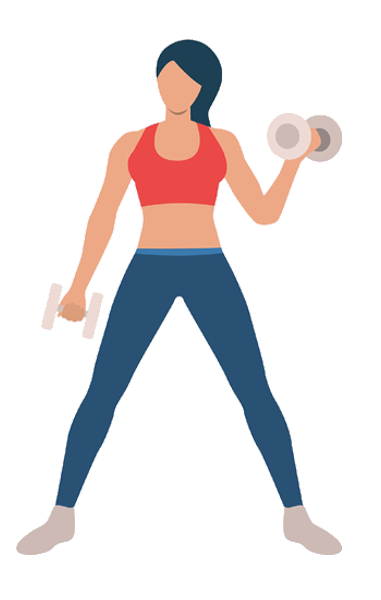
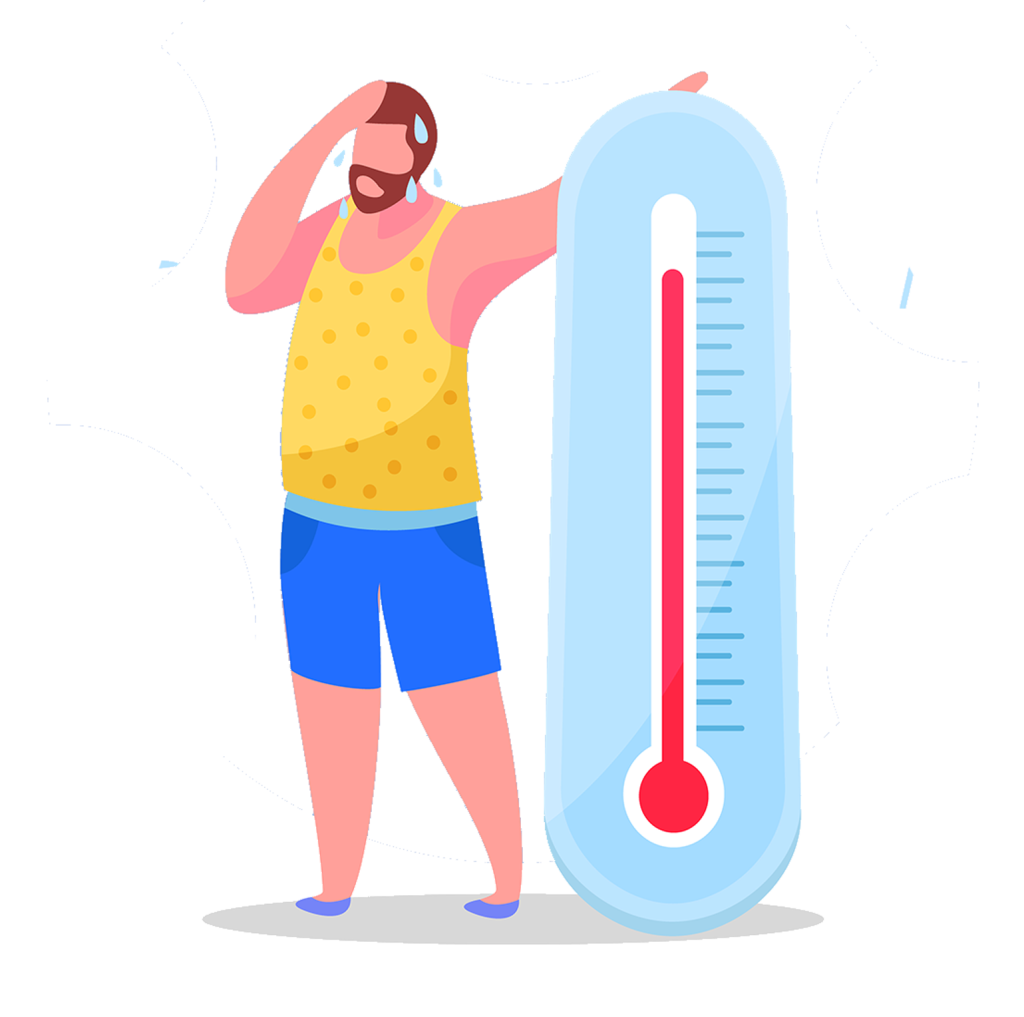
Individuals who are always exposed to the sun, such as traffic enforcers, street sweepers, gardeners, street vendors, and construction workers are at risk of heat stroke. In line with this, the Metropolitan Manila Development Authority (MMDA) implements “heat stroke breaks” for its field personnel. Enforcers and street sweepers are prescribed to take turns leaving their posts for 30 minutes, depending on their schedules. Additional breaks may be taken if the heat index reaches 40 degrees Celsius or higher. Infants, seniors, athletes, and other people who work outdoors are also at risk.
The following are signs and symptoms of heat stroke based on Mayo Clinic and DOH.
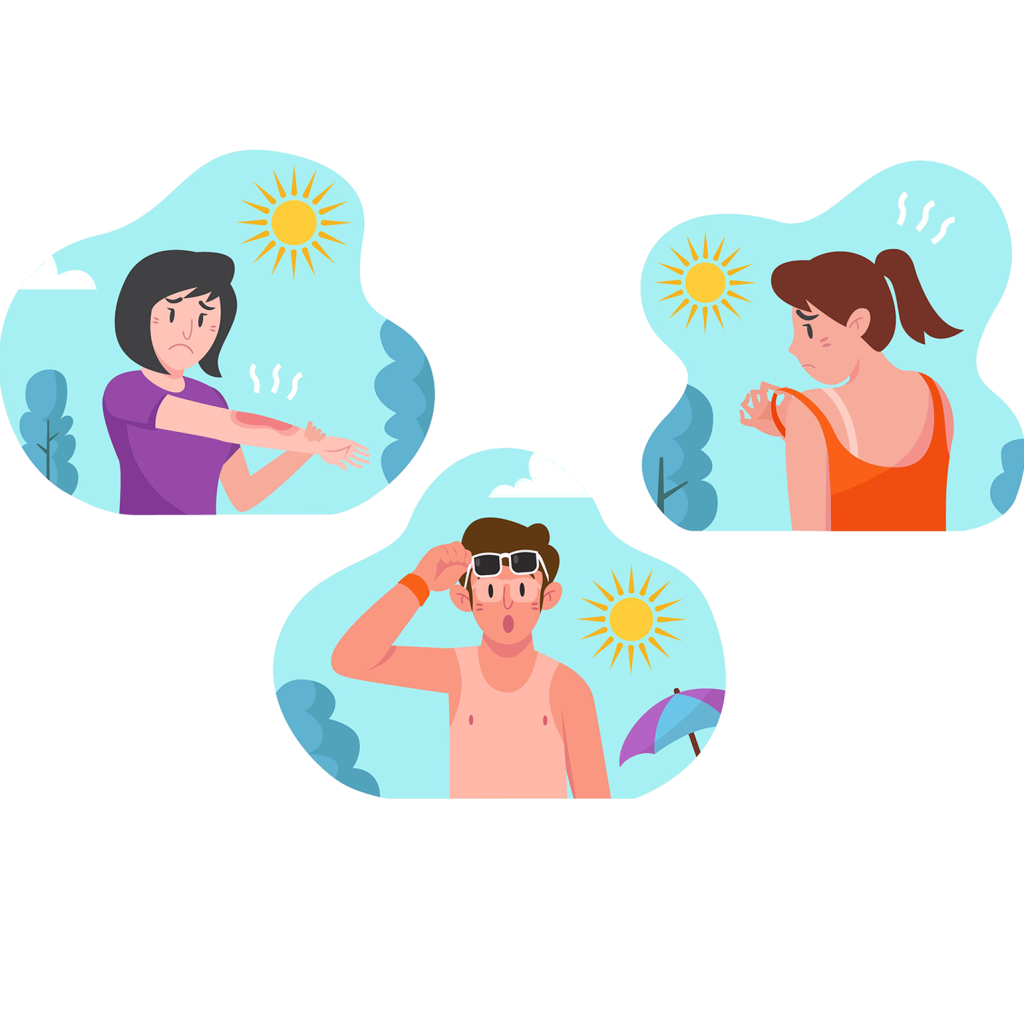
Keep in mind that heat stroke is a MEDICAL EMERGENCY so it’s vital that you bring the person immediately to the nearest hospital after performing emergency measures.
Emergency measures while waiting for emergency treatment:
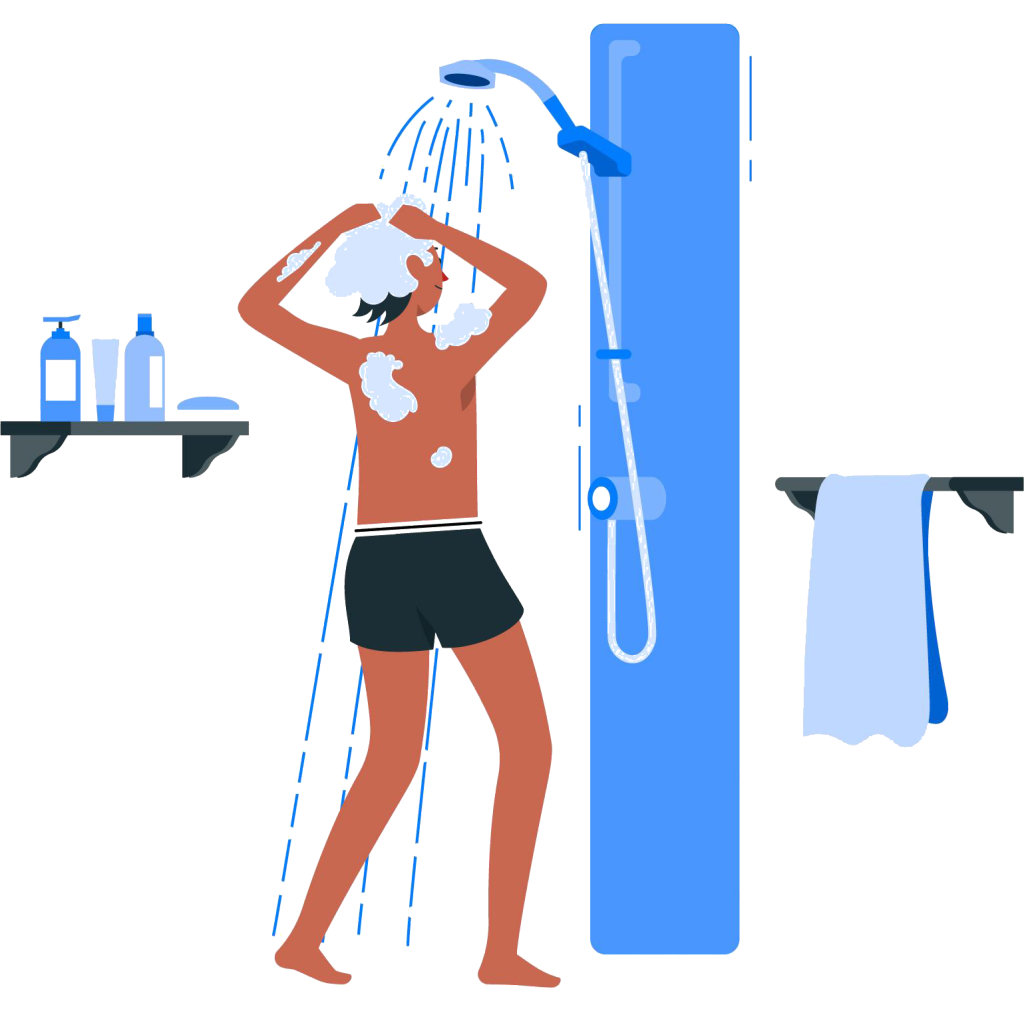
Heat stroke is a predictable and preventable health concern. You can take steps to avoid experiencing heat stroke, especially during summer.
With temperatures soaring as high as 46 Celsius (recorded in Catarman, Northern Samar on April 7, 2023), people are urged to be wary of the effects of extreme heat. Medicare Plus shares the following prevention tips to safeguard you and your loved ones from the risk of heat stroke.

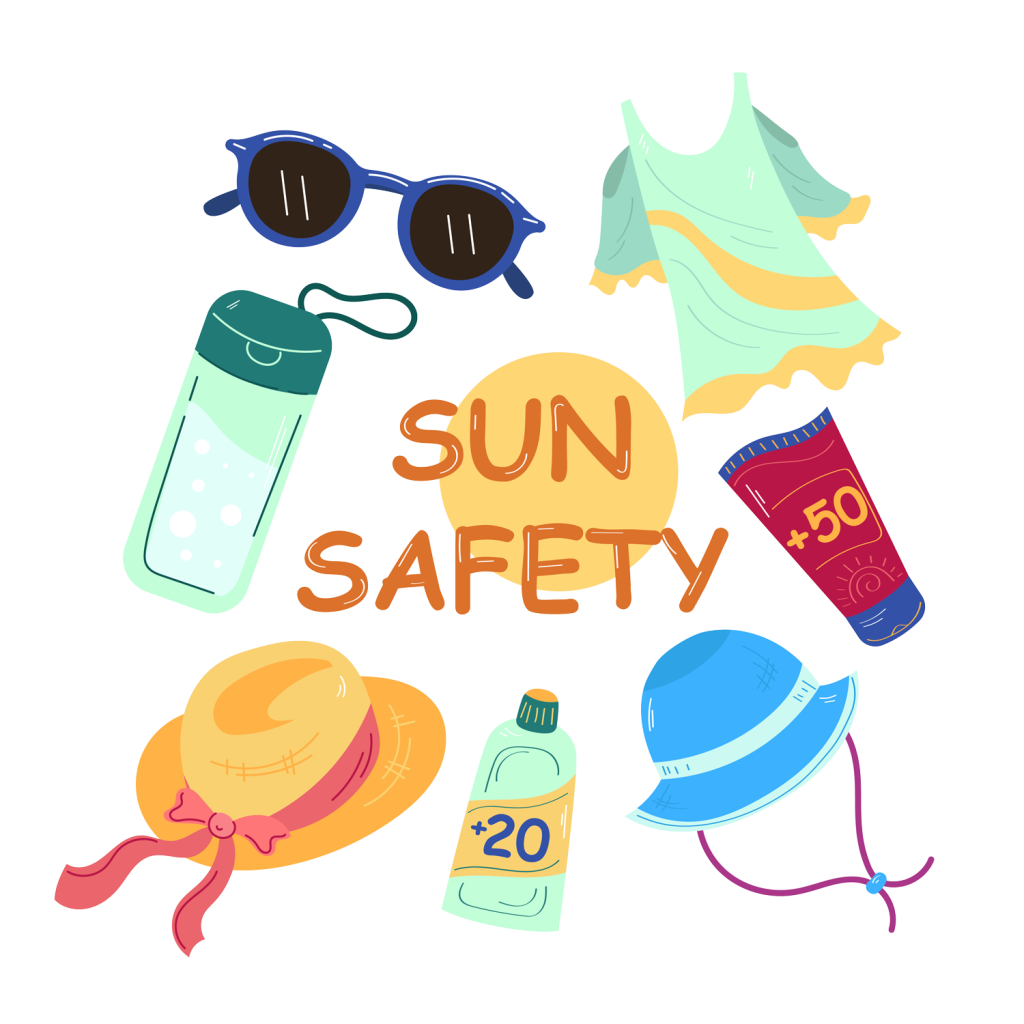
Heat stroke is predictable and preventable. Remember these heat stroke prevention tips to protect yourself and your loved ones, especially during the summer months when the heat is on. Heat stroke is an emergency. Get peace of mind from emergency situations by being health-care prepared.

Easy access health plan options for the Filipino community.
We know finding the right healthcare plan can be a complex and confusing task.
Our health plan specialists are always here to help 24/7.
Got more questions?